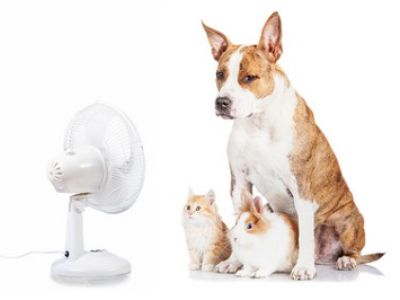Skin Allergies in Dogs & Cats

The most common skin allergies in dogs and cats are to things in their environment such as dust mites, pollens and grasses. These skin allergies manifest as itching and scratching, causing red, inflamed and damaged skin. This is a condition called atopy or atopic dermatitis.
The reason some animals suffer from environmental allergies is that they have a defective skin barrier which is an inherited disorder. Allergens, such as pollens, pass through the skin which cause an allergic reaction. Moisture can also be lost through this defective barrier, causing the skin to be dry. This in turn makes the pet feel itchy and then they lick and scratch their skin causing further damage. An analogy may be a treated/oiled deck vs an undressed deck.
While any breed can suffer from environmental allergies, there are some breeds that are more likely to have skin problems like Golden Retrievers, Pugs, Shih Tzus, and West Highland Terriers.
Another common allergy is to fleas, which predictably is called flea allergy dermatitis. 10-15% of allergies may be due to food. To pet owners surprise, despite the common belief, grains are rarely the cause of food allergies. Quite often the allergy is to an animal protein with dairy, beef and chicken being the most common allergens in dogs with beef, dairy and fish for cats.
For pets to be allergic to a food they must have eaten it previously to become sensitized to it. When the food is eaten repeatedly their immune system mounts an allergic response. A pet may eat the same food for months or years and then develop an allergy. A pet can develop an allergy to any protein fed commonly.
Unfortunately, there is no blood or skin test to rule out food allergies. The only way to diagnose is by food elimination trials.
This information details how a recurring skin irritation can take a little while to remedy. There are so many factors to take into consideration.



